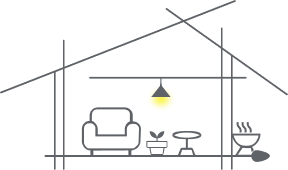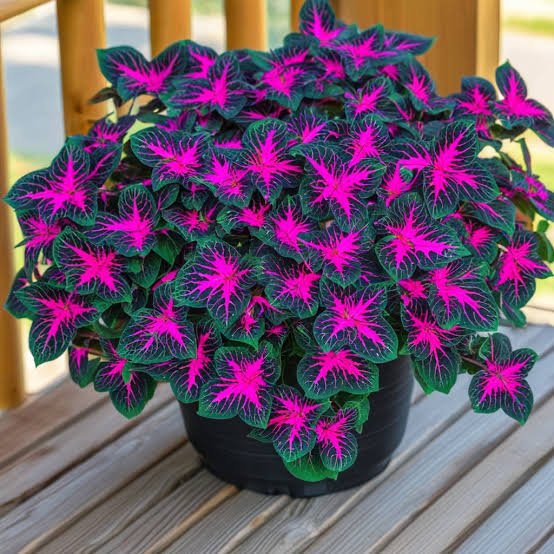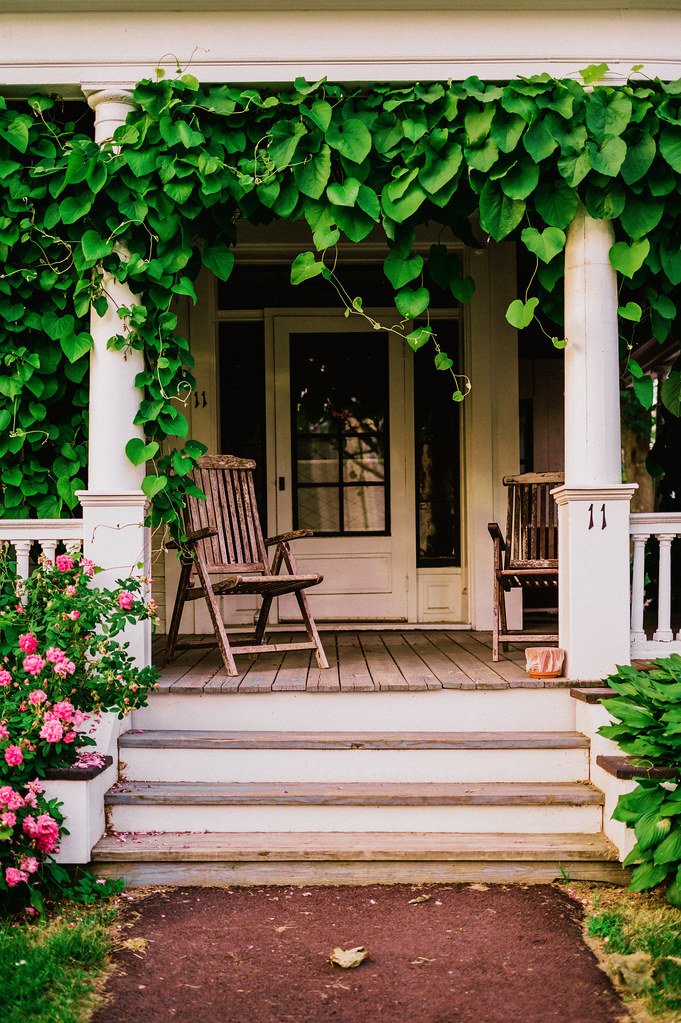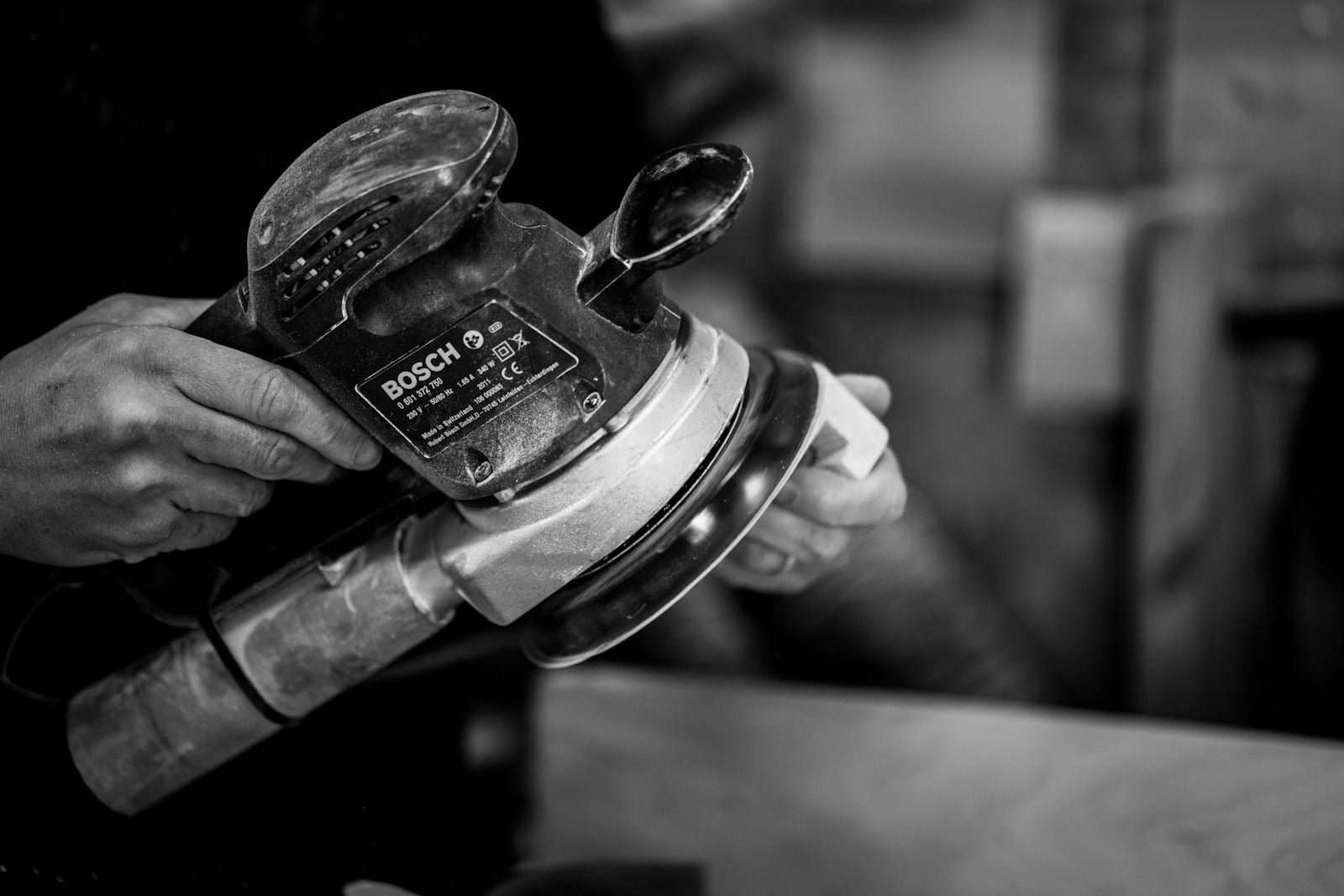Table of Contents
If you’ve just undergone a renovation project or moved into a new home and discovered that the drywall seams are visible, you’re probably looking for effective ways to hide them. What are some creative ways to hide them?
Here are 11 creative ways to cover or hide drywall:
- Hang the drywall horizontally.
- Paint the drywall in an interesting pattern.
- Paint color blocks on the drywall.
- Use drywall mud and sand it.
- Use crack filler before painting.
- Texturize the drywall.
- Apply primer before painting.
- Hang a tapestry or mirror.
- Buy an indoor tree.
- Apply wallpaper to the drywall.
- Paint a mural.
Read further to discover why these methods are excellent at hiding or covering drywall seams.
How Do You Cover Drywall Seams Without Mud?
Drywall joint compound (or mud) helps smooth ridges and strengthen the wall. But what if you’re worried about the health hazard? Can you cover the seams without mud? (source: EWG)
You can cover drywall seams without mud by applying paper tape to the seams, painting the drywall in an interesting pattern, or applying paint color blocks to draw attention away from the visible drywall seam.
Here is some more information on these techniques:
Hang the Drywall Horizontally
When contractors hang drywall, the standard practice is to fill the seam with a layer of drywall compound, sand it, and apply paper drywall tape on the top. The tape won’t be very effective if you don’t use coats of mud.
In such cases, you might consider hanging the drywall horizontally and adding decorative molding along the seam. (source: InspectAPedia)
Molding is usually easy to apply and can make your room look elegant and classy. You could opt for traditional wooden molding or use an easy-to apply-option, similar to tape.
Yuzzy Flexible Molding Trim from Amazon creates a beautiful finish for drywall, and you can apply it within minutes. It’s self-adhesive, so you won’t have to use damaging nails or glue.
After applying the molding, you might consider painting the area above and below a different color for a striking effect.
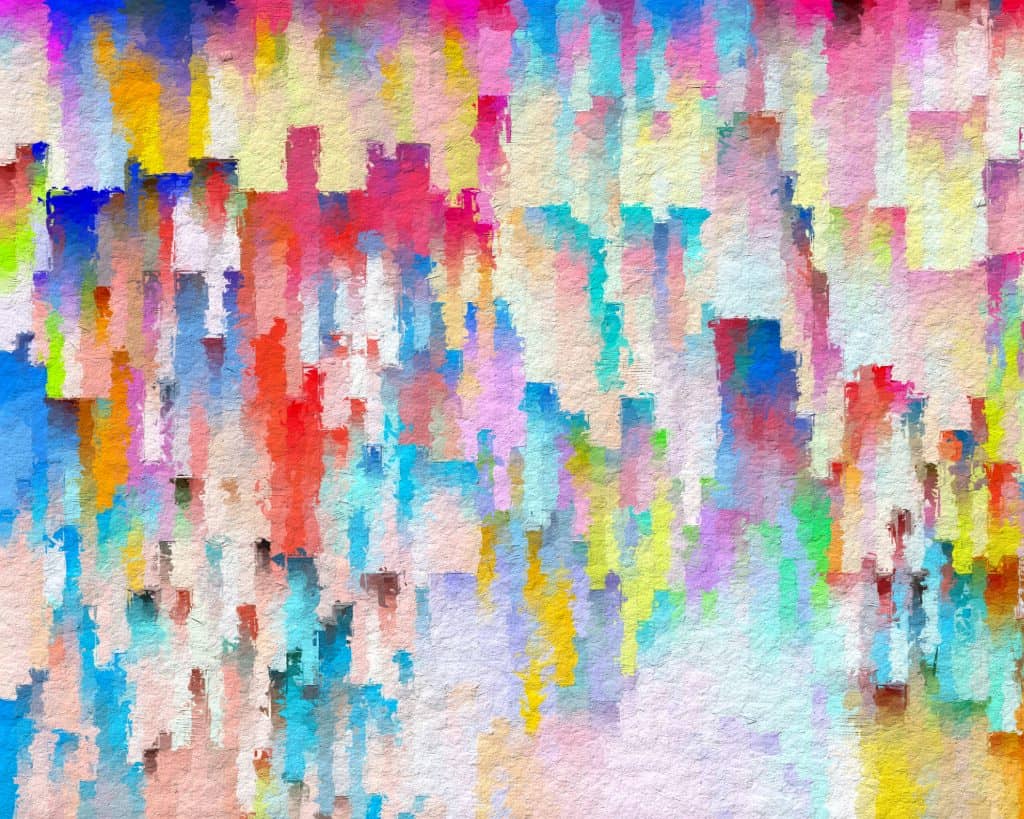
Paint the Drywall in an Interesting Pattern
Painting your drywall in an exciting pattern is another creative way of concealing the seams.
If your drywall is plain white, any seams will immediately be visible. However, if it’s painted in an intricate pattern, when you look at the wall, you will be distracted by the paint swirls and shapes, and the seams will be much less visible.
Below is an easy way of creating a pattern on your drywall:
- Select two complementary paint colors, and buy two paint rollers and some rubber bands.
- Wrap a rubber band randomly around each paint roller to create a pattern.
- Use the roller to paint the drywall in the first color.
- Repeat the process with the second paint roller.
Alternatively, you could buy a patterned paint roller. BUUEERR 7” Patterned Paint Roller from Amazon has a delightful rose pattern, but you can choose from other designs, too. It’s made from rubber, making it ideal to use for future paint or craft projects.
Paint Color Blocks on the Drywall
A patterned wall can look too busy for some people, and, in such cases, I’d recommend considering painting the drywall in color blocks.
Choose two paint colors you like, and paint one section of drywall until you reach the seam. Continue painting the next color after the seam, so you have two color blocks. The two colors’ seams will now be less visible and look like a natural color break.
How To Cover Drywall Seams Without Tape
Drywall tape paper makes the seams practically invisible, but if you’ve forgotten this step or don’t want to use it, there are a few things you can do:
Use Drywall Mud and Sand It
In one of the previous sections, I mentioned that most contractors recommend applying drywall mud and taping the seams. Although it’s not optimal, you could always fill the seam with drywall mud, sand it to give a smooth finish, and not apply tape.
Drywall mud comes in two varieties:
- Premixed drywall mud. Buying a premixed drywall compound is convenient because it’s ready to apply. Although it’s more expensive than powdered compound, it’s easier to sand and results in less wastage.
- Powdered drywall mud. You must add clean water to and mix powdered drywall mud until it has a smooth consistency. This process can be time-consuming, but it dries faster.
If you apply drywall tape later, it will adhere more effectively to powdered compounds than premixed mud.
Here’s how to apply drywall mud to the seam:
- Cover the floor with a canvas drop cloth or newspaper, and ensure you wear clothes you don’t mind getting dirty.
- Pour the drywall mud into a wide container (a clean butter tub works well).
- Use a paint spreader to pick up some drywall compound, and apply it in smooth strokes to the drywall seam. Start from the top and work your way down.
- Run the paint scraper along the drywall mud again to make it smooth and ensure that there are no air bubbles.
- Allow the coat of mud to dry for 24 hours.
- Sand the drywall mud with medium-grit sandpaper (100 to 120 grit), and refine the surface with finer sandpaper.
(source: H2ouse)
You should also read our complete guide to mudding drywall with an uneven finish.
Use Crack Filler Before Painting
If you want to conceal your drywall seam and are on a strict budget, you might consider using crack filler instead of drywall mud. Crack filler is a DIY staple in many households; you might already have some in your garage.
You can apply crack filler using the same method for drywall mud.
Texturize the Drywall
If you haven’t used drywall tape and don’t feel like taking the risk of misapplying drywall mud, you could texturize the wall instead. This process will make the drywall surface uneven and bumpy, drawing the eye away from the ugly seam.
A popcorn effect is a popular way to texturize walls. You may already be familiar with this concept as popcorn ceilings were popular home features in the middle of the last century.
Below is a guide for texturing drywall:
- Pour some drywall compound into a paint container, and add a little bit of water. The drywall compound should have a slightly wet texture, as you’ll need to spread it easily.
- Use a half-inch nap paint roller to apply the drywall compound to the wall. This paint roller variety is thick and has plenty of texture to create the intended effect.
- Ensure that you apply the drywall mud uniformly to the wall for a neat texture.
- Wait 24 hours before painting the drywall.
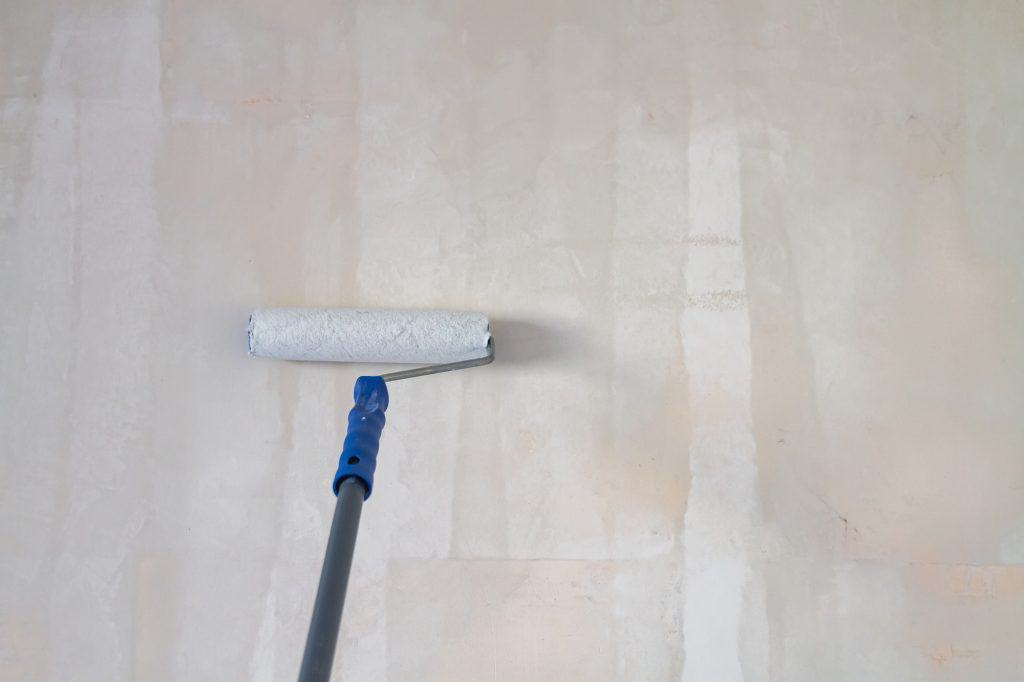
Apply Primer Before Painting
A high-quality primer coat can help to hide drywall seams. Polyvinyl acetate (PVA) is an excellent choice for drywall as it effectively adheres well and hides imperfections. (source: Cameo)
You can apply primer with a paint roller or brush, and it’s worth applying it to the entire drywall for a professional finish. To ensure the seam is well hidden, paint a light second primer coat over it.
Hiding Drywall Seams After Painting
Here are some unique ways to hide drywall after painting:
Hang a Tapestry or Mirror
Some folks aren’t DIY experts and don’t feel comfortable taking steps to hide the drywall seams. Others might live in a rented home and feel reluctant to spend money on hiding the drywall seams.
If this sounds like you, why not place something in front of it? A large tapestry will do an excellent job hiding the ugly drywall seam. Look for one that’s as long as possible (such as the Raajsee Sun and Moon Tapestry from Amazon, which adds a bohemian look and is easy to hang).
Alternatively, a long mirror (or mirror tiles) will work well and draw the eye away from the drywall seams.
Buy an Indoor Tree
A tall indoor tree will do a fantastic job hiding a drywall seam. Indoor plants have the added advantage of improving your home’s air quality.
You could opt for an artificial tree if you don’t have green fingers. Nearly Natural 6ft. (1.8 m) Fiscus from Amazon looks incredibly lifelike, and you don’t have to water it. It won’t hide the entire vertical seam, but if you place it on a table, this should do the trick.

Apply Wallpaper to the Drywall
Applying wallpaper to the drywall will cover the seams effectively. Wallpaper comes in countless colors and patterns and can enhance the look of your indoor space.
If you’ve never applied wallpaper, it’s worth watching a tutorial so that you use the correct technique.
Paint a Mural
If you’re artistic and feel like a challenging project, why not cover your drywall seams by painting a mural?
By painting a mural with various colors and a lot of detail, you won’t notice the seams unless you look carefully. You need not be a Michelangelo to paint something beautiful on your wall. You can always opt for easy-to-use wall painting stencils that give excellent results.
What Happens if I Don’t Tape Drywall Seams?
In the previous section, I mentioned that drywall tape makes the seams practically invisible. So, what happens if you don’t tape drywall seams?
If you don’t tape drywall seams, they will be more visible. Not applying tape can also cause the drywall to squeeze through the seams of the mud to crack and crumble, creating an unsightly surface. The coat of mud may even disintegrate and fall out as it ages.
I hope you’ve found this article helpful and have found a method that works for you for hiding drywall seams.
